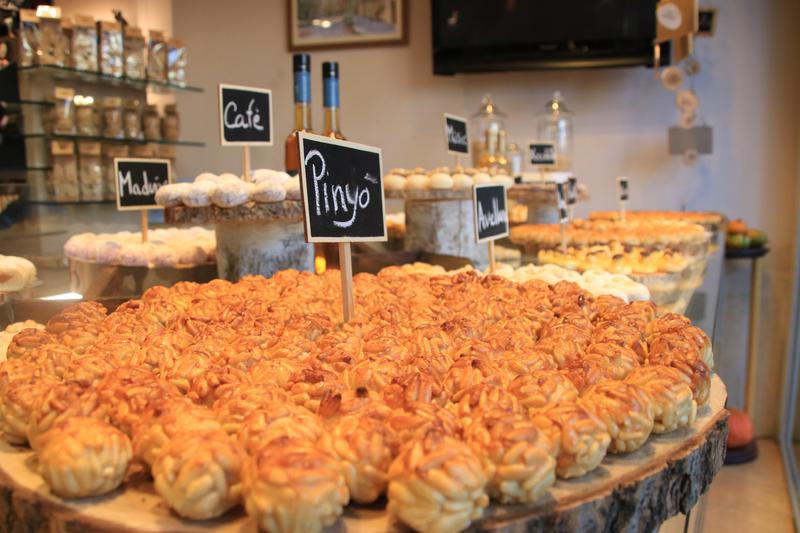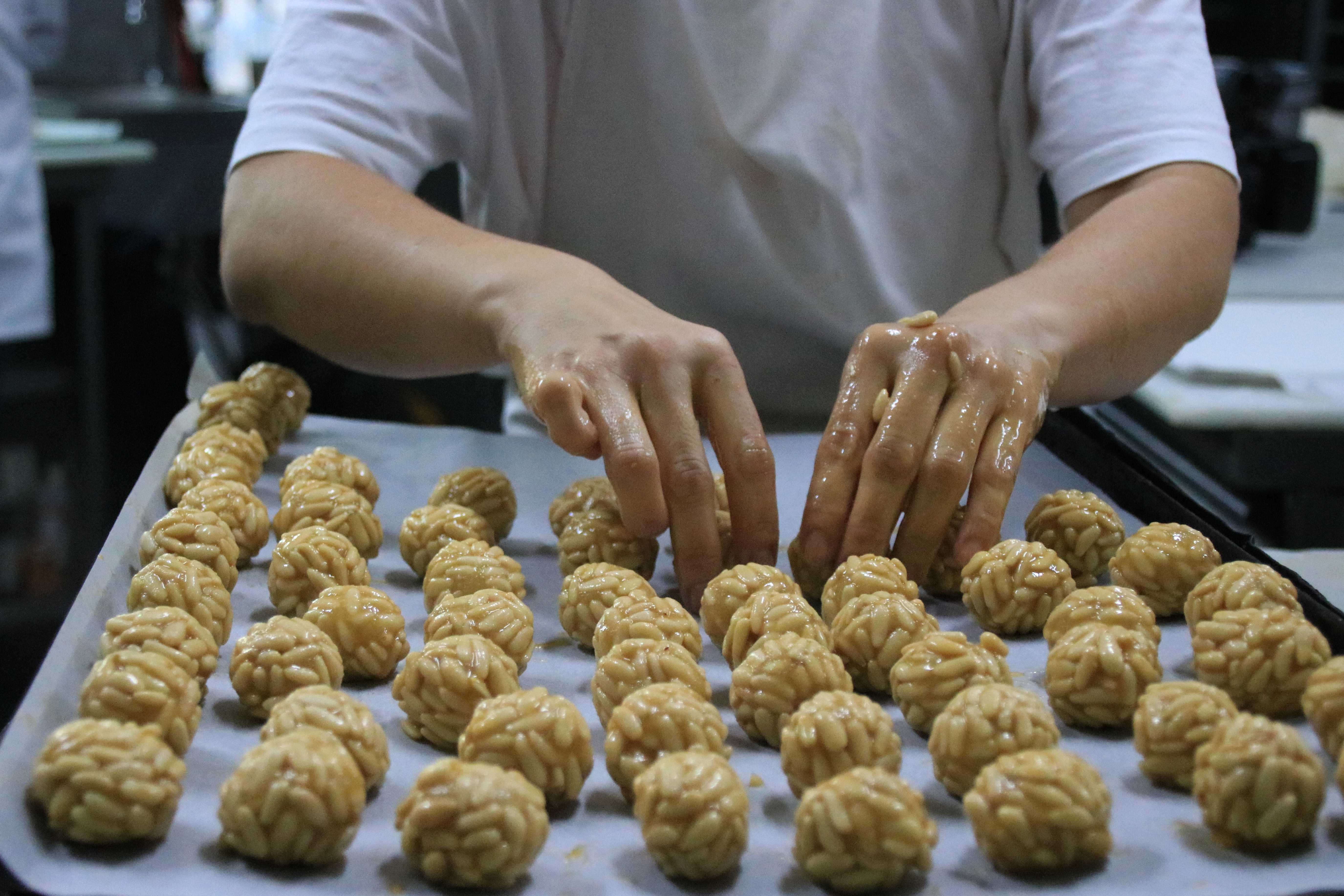Sales of Castanyada's traditional marzipan treats survive inflation thanks to Halloween
Bakeries expect to sell 250 tons of panellets ahead of October 31

Despite rising inflation and lower yearly profits, the sale of traditional Catalan marzipan sweets, panellets, is expected to be at 250 tons this year, ahead of All Saints’ Day celebrations on the night of October 31.
This number is similar to last year’s predictions. Antoni Bellart, the president of Barcelona Baker’s Association, points to young people as part of the reason for the good sales.
"Young [Catalan] people celebrate Halloween, but with panellets," he said to the Catalan News Agency (ACN), as he believes both events will be held alongside.
Over the past years, sales have decreased, in part, because of inflation and the rising prices of sugar and eggs.
"Before, people would eat 20 or 25 panellets, but today, people get by with 3 or 5 per person," Bellart said.
The unusually warm October weather also does not favor the sales numbers, but according to the president, the bakers will not be increasing the price of the traditional cakes any further. Instead, they’ll focus on selling more.
What are panellets?
Panellets are small round marzipan cakes found in Catalonia as well as Aragon, Valencia, the Balearic Islands and Andorra. They’re eaten on All Saints’ Day, which is known locally as 'Tots Sants.'
Their exact origin is unclear, with some hypothesizing that they could possibly date back to the time of the Muslim Iberia of Al-Andalus due to their almond base.
In any case, by the early 19th century, panellets were used as offerings placed on the tombs of the deceased coinciding with the Christian All Saints’ Day holiday.
Although nowadays graveyard visits on November 1 may not be as widespread as they once were, people still enjoy eating these sweets as part of the larger 'Castanyada' tradition, where people get together to feast on roast chestnuts and sweet potatoes.

A baker prepares 'panellets' ahead of 2023 Castanyada / Albert Hernàndez
La Castanyada v Halloween
The Catalan ‘Castanyada’ draws its name from the seasonal roasted delicacy, la castanya, or chestnut. The autumnal feast not only revolves around the food but around the concept of family and friends.
This get-together, which takes place as the weather gets colder, usually involves a meal, accompanied by a dry wine, where chestnuts are eaten alongside sweet potatoes and panellets.
However, with the increasing impact of Anglophone culture, Halloween has become more popular in recent times, with many fearing La Castanyada could disappear.
To learn more about the 'clash' between La Castanyada and Halloween, listen to our first Filling the Sink podcast episode, published in October 2020.